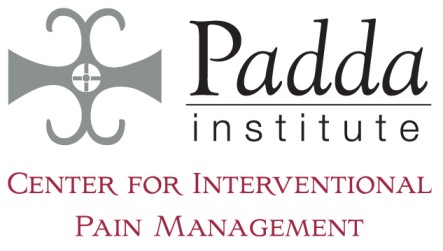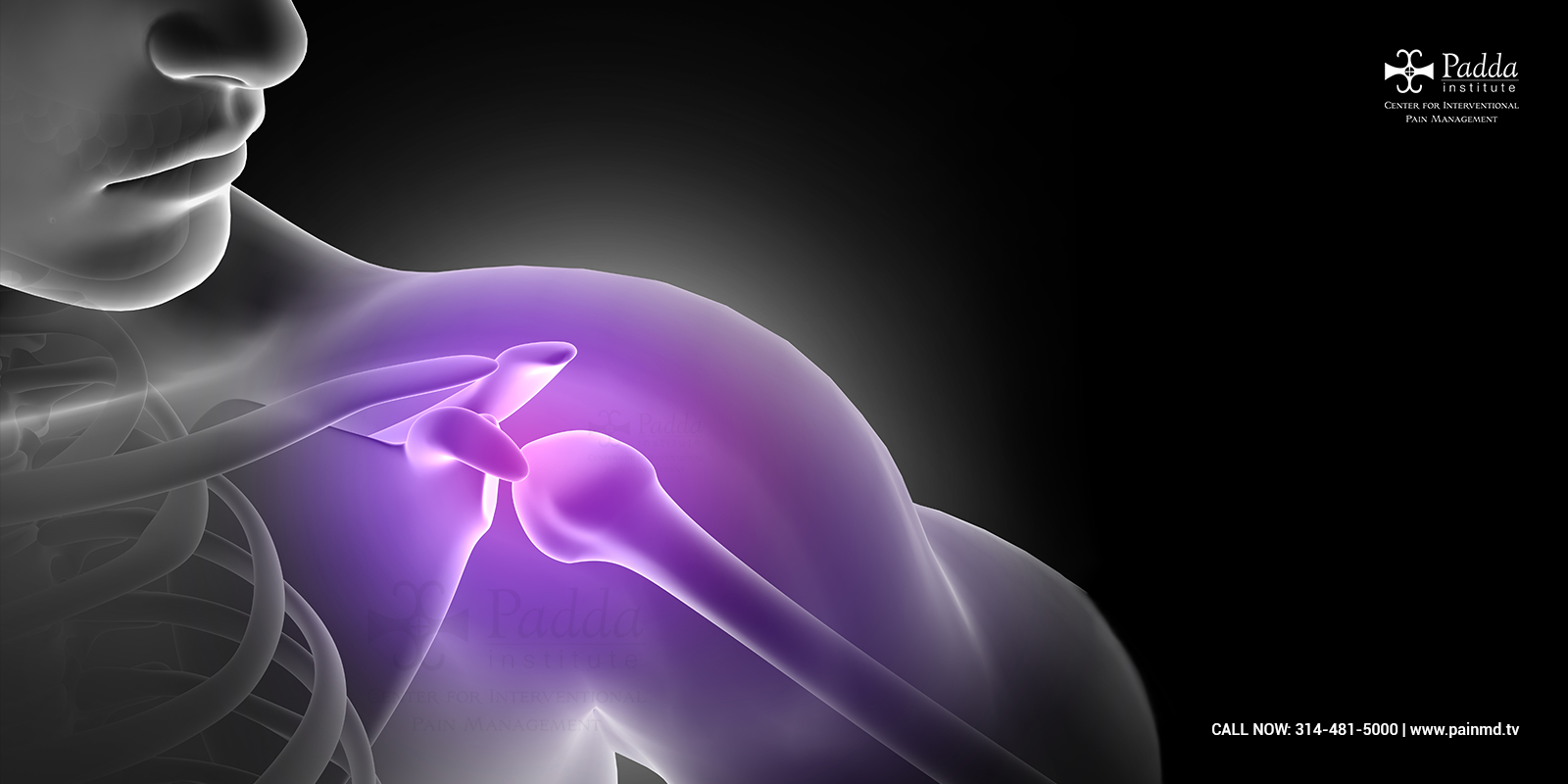Summary: For some people living with chronic shoulder problems like frozen shoulder or rotator cuff injury, surgery is one of the options to get rid of chronic pain. These days surgeons are more likely to opt for arthroscopy or keyhole surgery. However, there are very few studies regarding the safety of such surgical intervention. A new study analyzing data from 288 250 arthroscopic surgeries shows that it is quite a safe procedure and post-surgical complications are rare. However, it found that one in 26 patients need reoperation.
Shoulder and knee pains are quite common. Many patients living with intense shoulder pain may need chronic pain treatment.. This is especially true for shoulder pain, in which many may benefit from surgical intervention. Moreover, in the case of shoulder problems like a frozen shoulder or rotator cuff issue, doctors may readily treat patients with shoulder operation or keyhole surgery.
Unlike traditional surgery, in arthroscopy, doctors make just a small hole-like incision and use special instruments to carry out the operation. The benefit is minimal blood loss, complications, and no need for prolonged hospital stays. Nonetheless, it does not matter how small every surgery carries some risks. Therefore, researchers in the new study decided to identify the risks associated with arthroscopy. First, they studied the risk of complications after 90 days and one year.
In the new study, researchers analyzed the data of 288,250 arthroscopic shoulder procedures done in 261,248 patients in various NHS hospitals. The results of the study were published in the BMJ1. The study paid particular attention to more severe health issues that occurred within 90 days following the surgery, like blood clots of the lung, heart attack, acute kidney injury, stroke, and urinary tract infection. Additionally, they also analyzed the number of people who required reoperation within a year.
They found that the overall risk of serious complications after shoulder operation within 90 days, including reoperation, was pretty low at about 1.2%, or one in every 81 patients. Though these figures may sound relevant, the difference was irrelevant when researchers adjusted the risk due to age, sex, and comorbidities, which means that many of these health issues would have occurred in those patients even without surgery.
The study found that pneumonia was among the most common complications affecting about one in 303 patients, and more severe issues like pulmonary embolism occurred in one in 1428 patients. However, one in 26 patients has to undergo reoperation as the primary procedure was either ineffective or due to complications. Reoperation due to infection was one in 1111 patients but was a bit higher for those with rotator cuff repair.
Researchers also noted that reoperation rates were exceptionally high for frozen shoulders, which is expected considering that it is a poorly understood condition. Here it is vital to understand that researchers mainly captured more severe complications, not minor post-surgical issues treated primarily in primary care.
Thus, the study found that arthroscopy is a safe and good way of chronic shoulder pain treatment, and the procedure is pretty safe. Though complications do happen, they are more likely to occur in people living with specific comorbidities. However, the study found that a significant number of people need reoperation within a year, that is, one in every 26 patients.
This is one of the first studies of its kind to look at such extensive data for the safety of shoulder arthroscopy. It shows that surgery remains one of the safe ways of chronic shoulder pain treatment. However, many patients may not experience sufficient benefits and may require another surgery within a year.
It means that doctors need to do more studies to understand various shoulder pain conditions, improve surgical techniques, and carefully assess patients who would benefit from surgical interventions.




